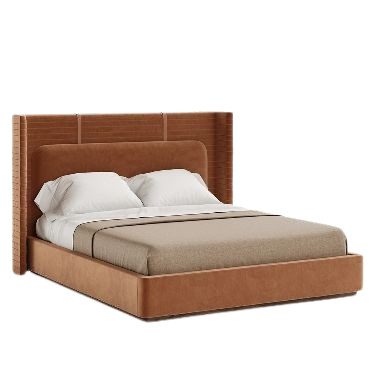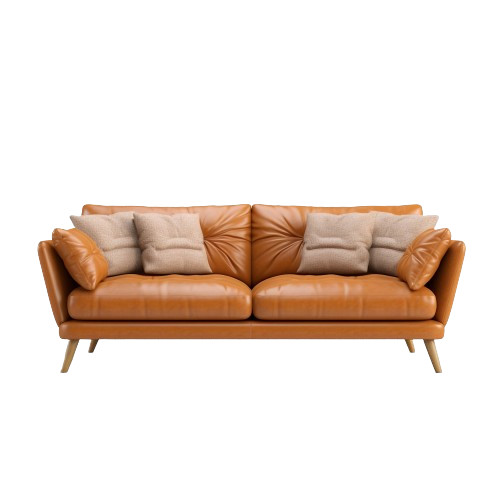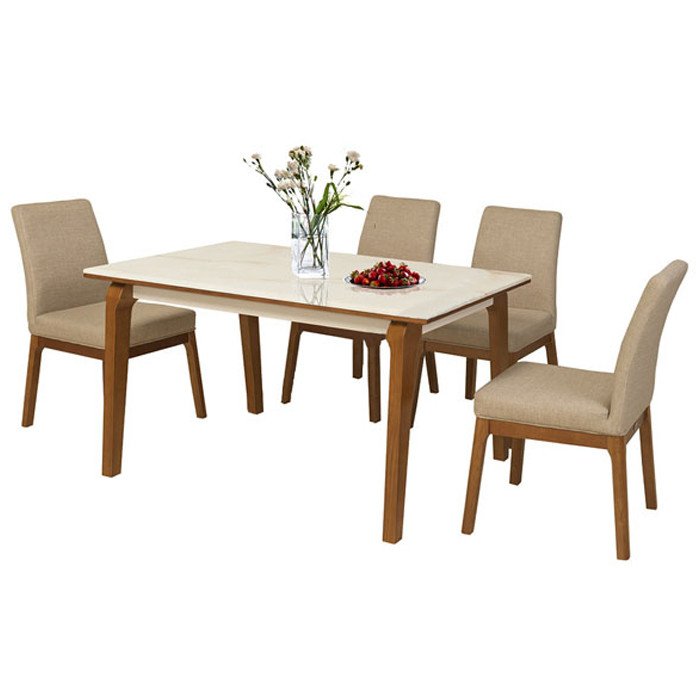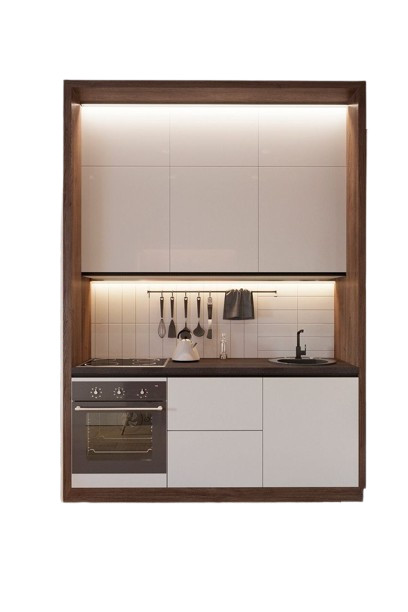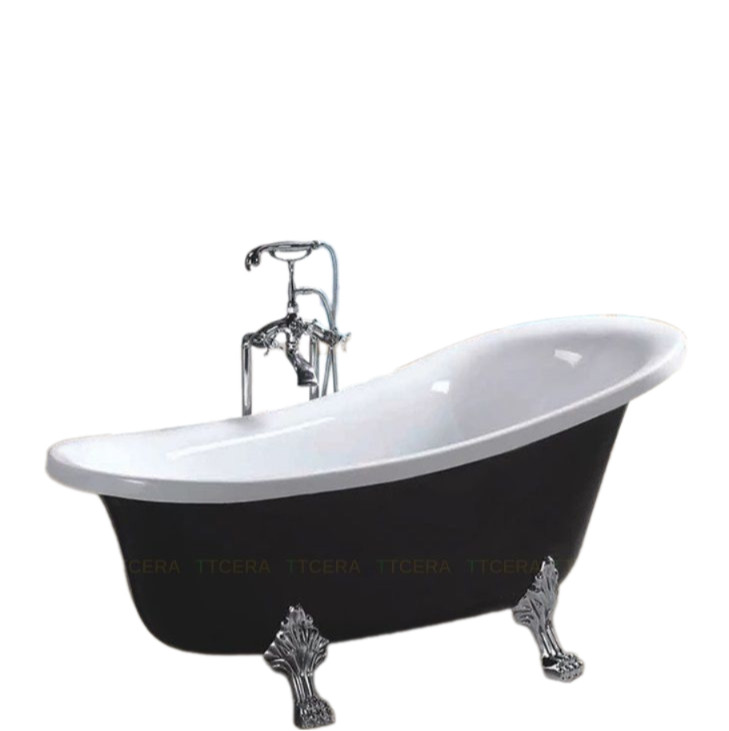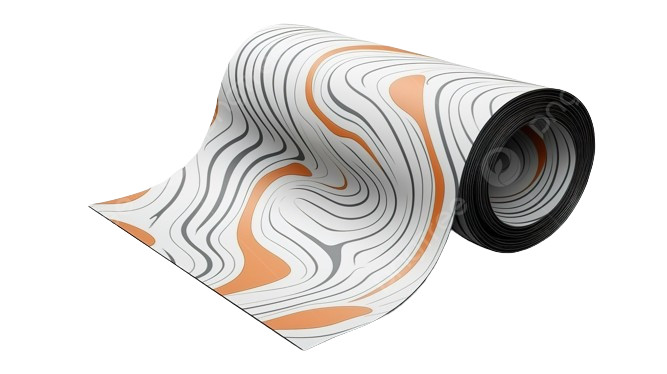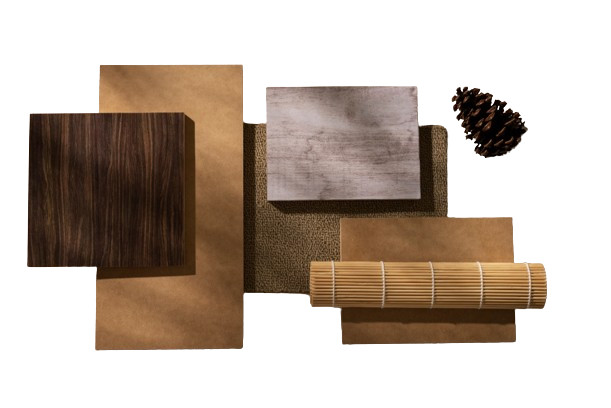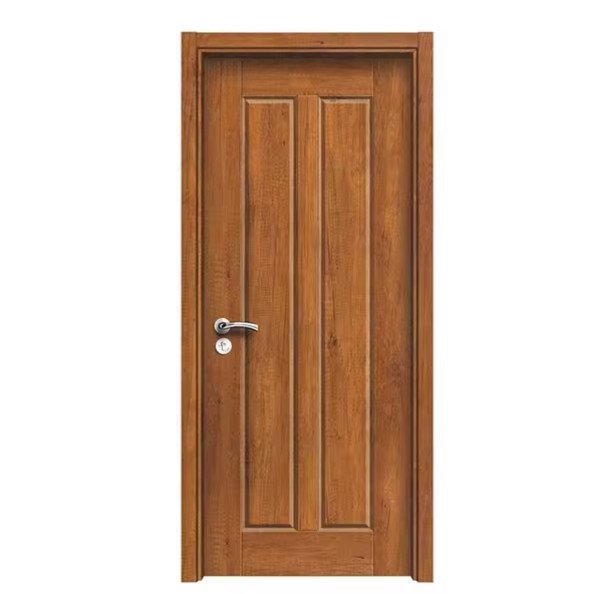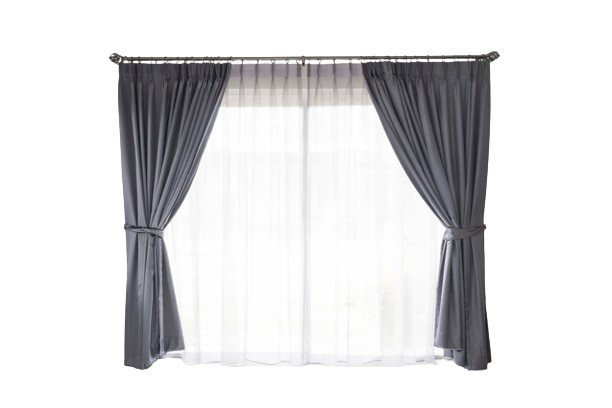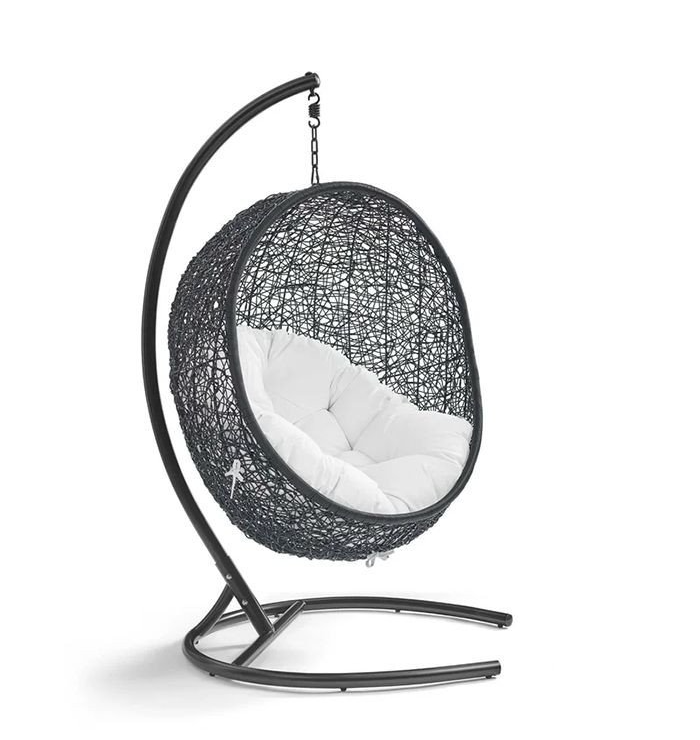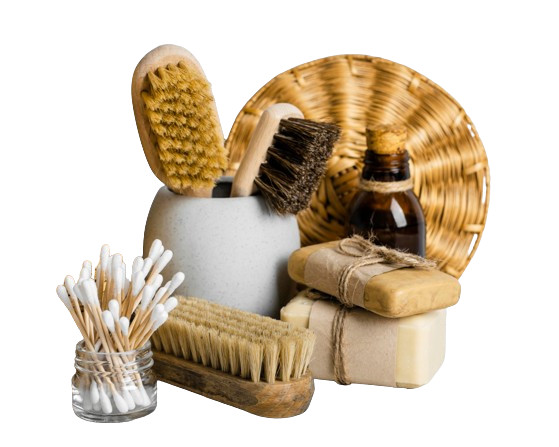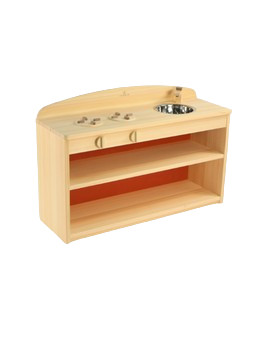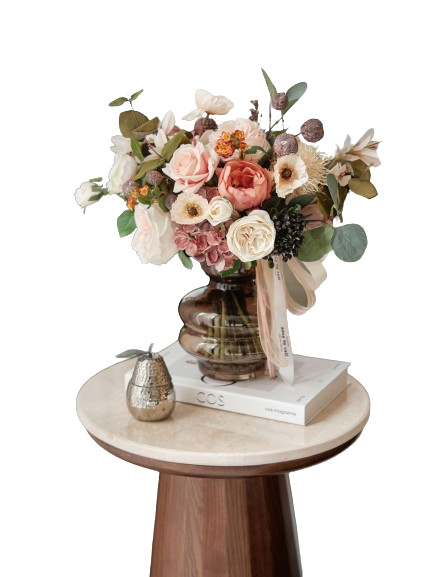A/C CIRCULATION INDOORS
CIRCULATE THE HOMEOWNER RHYTHM
Rural three-room dwellings are being replaced by tube houses, which are frequently fairly small and less in touch with nature, or apartment buildings due to the rapid rate of urbanization. In housing complexes, ventilation concerns are growing. Ventilation is the process of bringing in fresh air from the outside and expelling stale air from a space by forcing the old air out of the space. Natural ventilation can be achieved by a door, window, or skylight, or it can be achieved artificially using a mechanical system, such a fan. Adorn Museum has developed ventilation systems for numerous major buildings and has more than 30 years of experience in the field of air conditioning, so they are knowledgeable about how to ventilate a home efficiently. Adorn Museum made the following points on ventilation for homes during its presentation to the Association of Sanitary and Air-Conditioning Engineers and the Japanese Institute of Architects.
1. Open windows & doors
Regularly opening windows and doors is the quickest and easiest way to acquire fresh air. The door should be opened in accordance with the laws of the weather to create a comfortable atmosphere in the space. To keep the inside of the house cooler than the outside throughout the summer, you should close the door when it's sunny outside. To catch cold breezes, only open the door in the late afternoon or evening. You only need to leave the door open for five minutes during the winter to prevent the cold air from entering the house too soon, allowing the air to circulate without endangering your health. Breathe out as frequently as you can. The same amount of time will be spent on ventilation, but 5 minutes every hour will be more efficient than 10 minutes every two hours.

More than one door should be opened, and the doors should be on two distinct sides to form an air passage, for ventilation to be successful. The effectiveness is significantly better if the two doors are on different sides and are connected by a diagonal line. The ventilation effectiveness will be decreased if two doors are placed too closely together. The wind will enter and exit from the same side if there are two doors on that side. The wind won't move and will instead get stagnant.


A diagonal opening between two doors allows for efficient air circulation
If there is only one window in the room, place an electric fan close to it to create circulation that will push air outside the window and into the room. The air from outside the window will fill the room if you point the fan in that direction, but the dusty air within the room will build up and not be able to escape.


If there is a window in the space, open the window and turn on the fan to move the air
2. Build a skylight area


One way to provide your home natural air circulation is via skylights. The heat produced by normal human activity raises the air's temperature. An area of low pressure will form when the temperature is high because the air will be lighter and rise. Outside air will enter and get cold. As a result, adding a skylight can assist regulate the temperature of the interior by letting in lots of outside air. You can employ a wall and brick ventilation arrangement for homes without skylights. Additionally, by expanding the air intake area, the house's air circulation can be readily and organically increased.
For apartments or houses with limited area, you can create a seamless connection between functional areas. At that time, the light and air from the outside is also easier to go to each small corner of the house. Or if you feel the need to divide the space, you can use movable partitions or some furniture to separate. Applying this way will help the air circulation achieve high efficiency.
4. Use basic furnishings


Too much furniture in a living area will inevitably make it feel crowded and stuffy, and it will also make it more difficult for the air to circulate. Let's design the interior with lots of alternating gaps and minimalist furniture choices. Avoid placing furniture near areas with a lot of air convection. By doing so, the living area also becomes more airy.
5. Use devices support
Or, to put it more simply, you can rely on an air convection fan to help you ventilate your living space. Air convection fans allow you to use them conveniently and adaptably in all four seasons thanks to their modern, compact form and integration of a number of features:
- If you're utilizing the same heating and cooling system, all you have to do is point the fan directly at the air conditioner or direct it downward from above, and the warmth will be distributed evenly throughout the space.
- If you're utilizing a cooling air conditioner that rotates in the same direction as the fan, the cool air will be spread equally from top to bottom.
- Use a fan to circulate air between two rooms that are adjacent to one another.
- Drying clothes: You can let the fan to blow straight onto the rack of clothes hanging to dry them more quickly.
- The air convection fan also aids in air circulation by drawing in fresh air from the outside and pushing the air in the room out, making the entire family feel comfortable.
ADORN MUSEUM
Location: O-1, TM.01, 1st Floor, Orchid 1 Tower, Hado Centrosa Garden No.200 3/2 Street, Ward 12, District 10, Ho Chi Minh City, Viet Nam.
Hotline: (+84) 28 3930 3428
E-mail: support@adornmuseum.com
Operation time:
8:30 - 17:30, Monday - Friday & 8:30 - 12:00, Saturday

